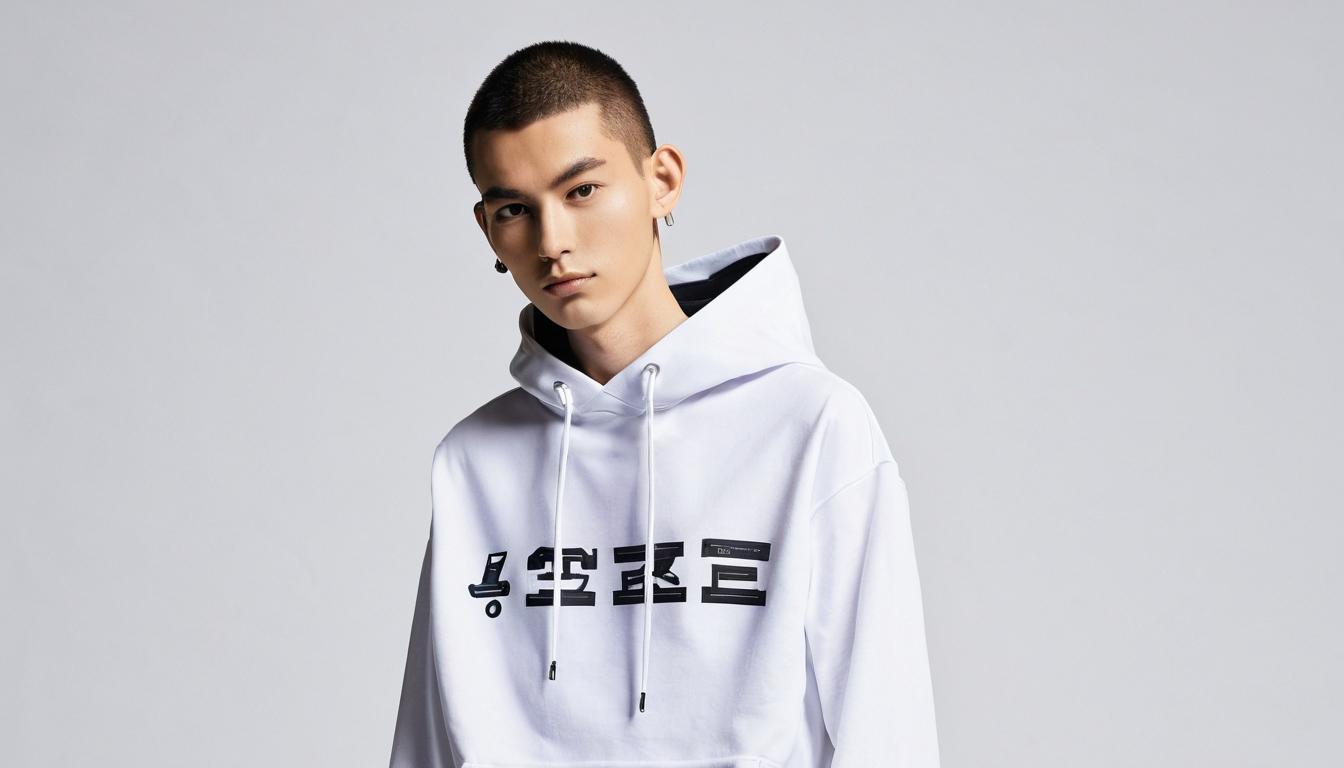In the dimly lit backrooms of Tokyo's Harajuku district, a designer stitches LED lights into the lining of a vintage leather jacket while a producer from Seoul samples the sound of the sewing machine. Across the ocean, in a Brooklyn warehouse turned recording studio, musicians arrive wearing garments that look more like architectural blueprints than clothing. This isn't just crossover—it's complete fusion, and it's happening in the spaces where mainstream media rarely ventures.
What began as subtle collaborations between designers and musicians has evolved into something far more radical. We're witnessing the birth of what industry insiders call "sonic fashion"—garments that literally produce sound, respond to music, or change based on audio frequencies. The Japanese collective Ambiguous Garments has been quietly developing textiles embedded with micro-sensors that vibrate in response to specific musical notes. Their latest collection, shown only to a select group of industry professionals in an abandoned Osaka factory, featured dresses that hummed along with the live performance.
Meanwhile, the music industry is undergoing its own sartorial revolution. Forget the branded merchandise of yesteryear—today's most innovative artists are treating their stage wear as integral components of their sonic identity. The experimental electronic duo Chroma Void recently performed wearing bodysuits that translated their brainwave patterns into shifting color patterns, creating a visual representation of their creative process in real time. Their designer, Elara Moss, told me in a hushed conversation at a Berlin underground club, "We're not making costumes anymore. We're building second skins that communicate what the music feels like."
This convergence goes deeper than aesthetics. The very business models of fashion and music are merging in unexpected ways. London-based designer Marco Silva now releases his collections as "audio-visual albums"—each garment corresponds to a track, and the complete look tells a story when experienced with the accompanying music. His spring collection moved through three "movements" rather than traditional categories, with fabrics that changed texture based on the musical progression. "We're creating immersive experiences," Silva explained over espresso in his Shoreditch studio. "The clothes don't make sense without the music, and the music feels incomplete without the clothes."
The technological aspect of this fusion represents perhaps the most fascinating development. Korean tech startup Sonic Weave has developed fabric that can store and play back audio—imagine a jacket that contains an entire album within its fibers, playable through integrated speakers. Their prototype, demonstrated privately during Seoul Fashion Week, featured a denim jacket that played different tracks depending on which part of the garment you touched. The CEO, Ji-hoon Kim, sees this as just the beginning: "Soon, your clothing won't just play music—it will compose it based on your movements, your environment, your heartbeat."
Yet beneath the technological marvels lies a more profound cultural shift. The underground scenes driving this movement are deliberately operating outside traditional industry structures. They're creating what one Paris-based curator called "temporary autonomous zones"—pop-up exhibitions in abandoned factories, secret concerts in converted parking garages, fashion shows that double as immersive audio experiences. These events aren't listed on mainstream calendars or covered by traditional fashion media. You find out about them through encrypted messaging apps or word-of-mouth networks that span continents.
The economic implications are equally revolutionary. Many of these creators are bypassing traditional retail and distribution entirely. Designers sell limited-edition pieces directly to collectors through invitation-only platforms, while musicians release music as downloadable files that unlock augmented reality fashion experiences. The Berlin collective Audio-Visual Syndicate recently sold out their entire "sensory collection"—garments paired with custom-composed soundscapes—within hours, without any traditional marketing. Their founder, Anika Vogel, told me, "We're not interested in mass production. We're creating artifacts for a new digital renaissance."
What makes this movement particularly compelling is its global nature while maintaining distinct regional characteristics. The Tokyo scene emphasizes precision craftsmanship and technological integration, with designers working closely with robotics engineers and audio technicians. The London contingent leans into narrative and theatricality, creating garments that tell stories when combined with music. The Los Angeles underground focuses on sustainability and material innovation, developing fabrics from recycled audio equipment and creating pieces that evolve over time.
Perhaps most importantly, this fusion represents a rejection of the increasingly corporate nature of both industries. As mainstream fashion becomes dominated by conglomerates and music streaming homogenizes musical discovery, these creators are building alternative ecosystems. They're not looking for viral moments or algorithm-friendly content—they're creating work that demands physical presence and sensory engagement. In an age of digital overload, they're betting on the power of tangible, multi-sensory experiences.
The future they're building isn't just about better collaborations between fashion designers and musicians. It's about erasing the boundaries entirely, creating a new form of cultural expression that exists in the space between sight and sound, between the physical and the digital. As one young creator in Mexico City told me while adjusting the sound-responsive fibers in her latest creation, "We're not making clothes or music anymore. We're making experiences that haven't been named yet."
The underground intersection where fashion and music are rewriting the rules

